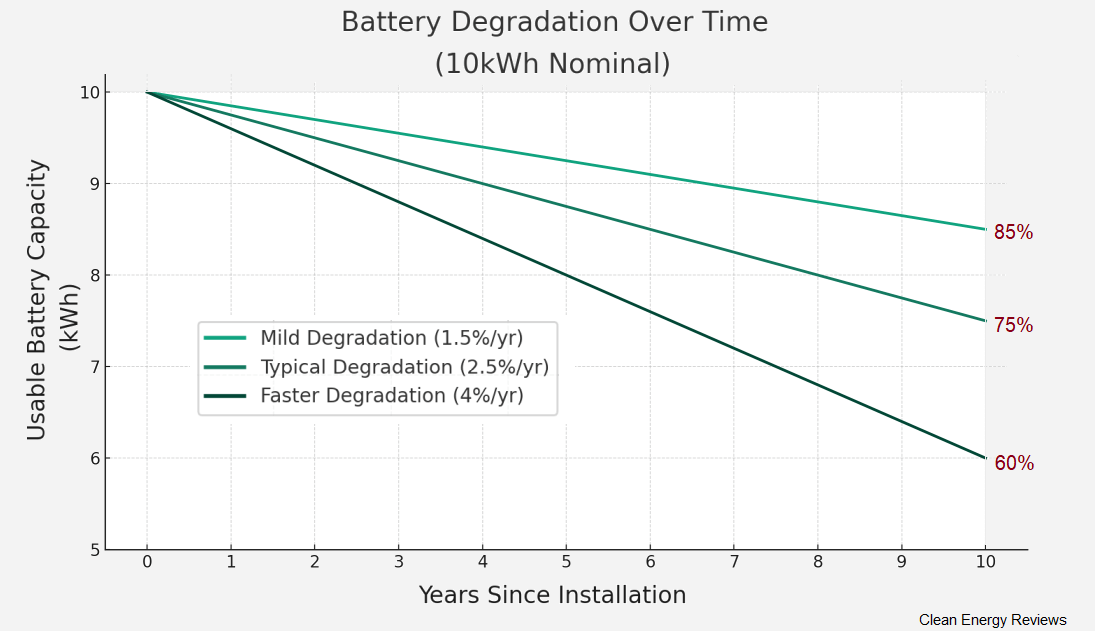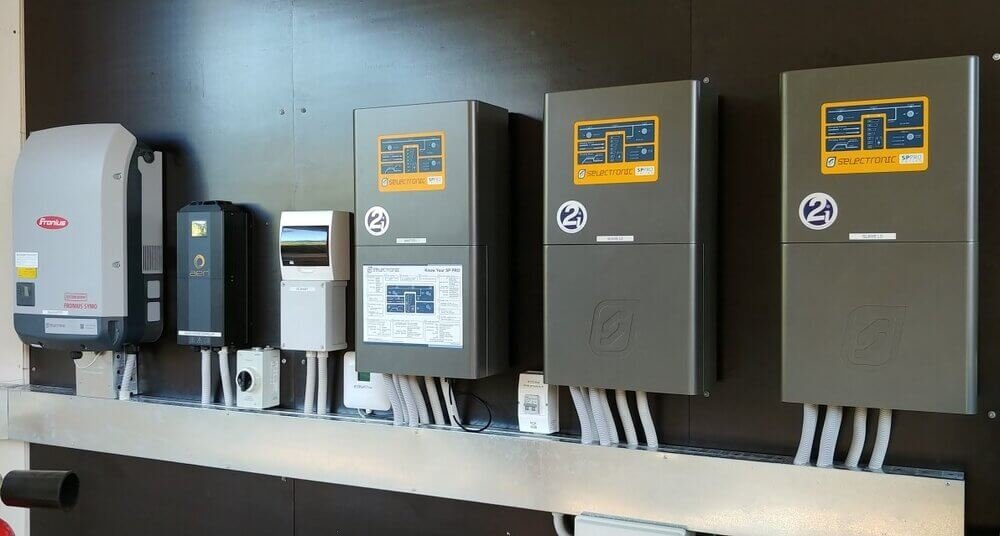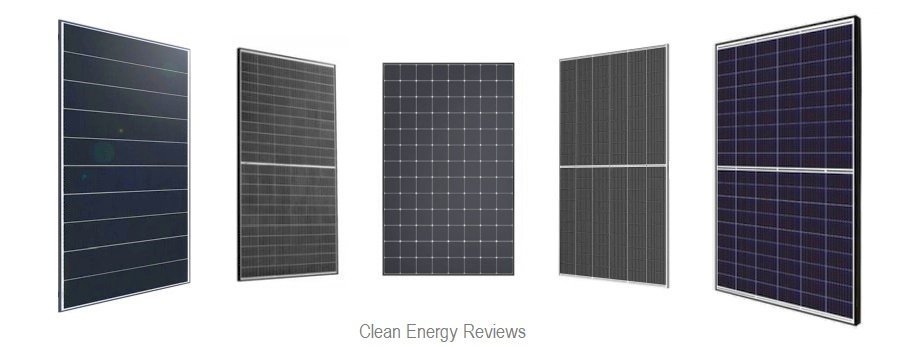Solar Rebates & Tariffs Explained
Guide to Buying Solar > 5. Solar Rebates
Prev: 4. Solar Calculator
Next: 6. Best Solar Panels
Rebates, Tax Credits, Feed-in tariffs (FITs) and Net Metering
A rebate or tax credit is an upfront discount on your solar system or a credit that will come off your tax bill. This is usually based on a government policy to provide a financial incentive to buy solar in order to offset carbon emissions.
A feed-in tariff is the amount of money you get paid for the electricity you export to the grid. FITs vary significantly from region to region, year to year and government to government, so it is worth being clear on what FITs are available in your region, especially if you are likely to export a lot of solar.
Net metering is most common in the US and works slightly differently from a FIT. Net metering essentially works like a 1:1 feed-in tariff. In a billing period (let’s say monthly), all the solar power that your system produces is deducted from any power that your property consumes from the grid. This is quite favourable for solar owners, considering that the market rate for your solar power is considerably lower than what you pay retail for electricity. However, you are essentially being paid the retail rate.
Australia
Rebates
The main rebate available in Australia is the federal government’s STCs (Small Technology Certificates). This is available for virtually all Australian residential systems (and commercial systems up to 100kW). There are a few different factors involved in determining the amount you will receive back for your solar system (you can use the Solar Calculator to find out), however, the majority of Australians (Brisbane, Sydney, Canberra, Adelaide and Perth) in 2021 can expect about a $2700 rebate for a 6kW system, whilst those in Melbourne and Tasmania can expect closer to $2200.
A few points to note about STCs
Your solar retailer will claim the STCs on your behalf, so you get the rebate upfront and do not have to worry about claiming the rebate.
Your solar quote will (at least should) show the amount you pay after the STC discount. It should also clearly break down the cost of the system and the amount taken for the STCs.
The quantity of STCs your system is eligible for is dependent on how much sun you receive (each postcode in Australia is given a “zone” based on its solar irradiation (sunlight)).
The reason for the above is that the certificates are based on how much greenhouse gases your solar panels will offset, and they will offset more in an area with more sunlight.
Victoria is the only state which currently has a separate state government rebate. Most Victorians can expect a further $1880 off their solar systems. Although, unlike the STCs, this rebate will need to be claimed by the individual rather than the retailer.
Feed-in tariffs (FITs)
FITs are far more varied than rebates in that each state legislates on the minimum FIT an electricity retailer must offer consumers, and each retailer may provide an additional amount on top of the minimum.
Visit the government website www.energymadeeasy.gov.au to compare plans from various energy retailers. Look for the below text in the “Price summary” to see what FIT you can expect:
United States
Tax credits
2019 is the last year that US households are eligible for the full 30% federal government tax credit (also known as the ITC). However, the ITC only drops a little to 26% in 2020, and 22% in 2021.
As of 2022, there will be no tax credit for homeowners, but commercial and utility credits of 10% will remain ongoing.
Net metering
Most states in the US (43 currently) have a net metering policy for solar. See https://programs.dsireusa.org/system/program and filter for program type = net metering to see details in your state.
Feed-in tariffs (FITs)
FITs in the US vary wildly, with some states offering zero for solar feed-in while others offer rather generous FiTs. Each state legislates on the minimum FIT an electricity retailer must offer consumers, although each utility retailer may offer an additional amount on top of the minimum as an incentive.
Rest of the world
Feed-in tariffs (FITs)
For a large, but somewhat outdated list of FITs around the world, visit: Wikipedia






The comprehensive guide to solar battery and off-grid systems. How to select and size a home solar battery system and how much it may cost you. Also, alternatives to adding batteries and how energy efficiency can save you more than adding a battery.